Pat Steir is the first artist to make site-specific paintings for the Barnes Foundation since Matisse – and, as she tells Apollo, it’s been a thrill to create a suite of her Waterfall paintings for its Annenberg Court.
What does it mean to you to have been commissioned by the Barnes Foundation and to show work in Philadelphia?
Well, I grew up in New Jersey, in a suburb of Philadelphia. The Barnes collection was a home-town treasure. When I was a child and in my early teens, the Barnes was closed: it was a private home and then it became public, but you had to have a reservation in advance. Then I was away at art school, and I never got round to making the reservation long enough in advance for when I was home for vacations. It became an enormous mystery to me to get in there and see what they had. When I got older, it got easier for me to make the reservation, so I often visited it when it was still in the original location. When the Barnes moved [in 2012], I kept wondering, ‘Why don’t they have art in the big hall?’ I didn’t ask to be the artist in that space, but I’m the first artist since Matisse to be commissioned to put work in the Barnes, so that’s thrilling to me.
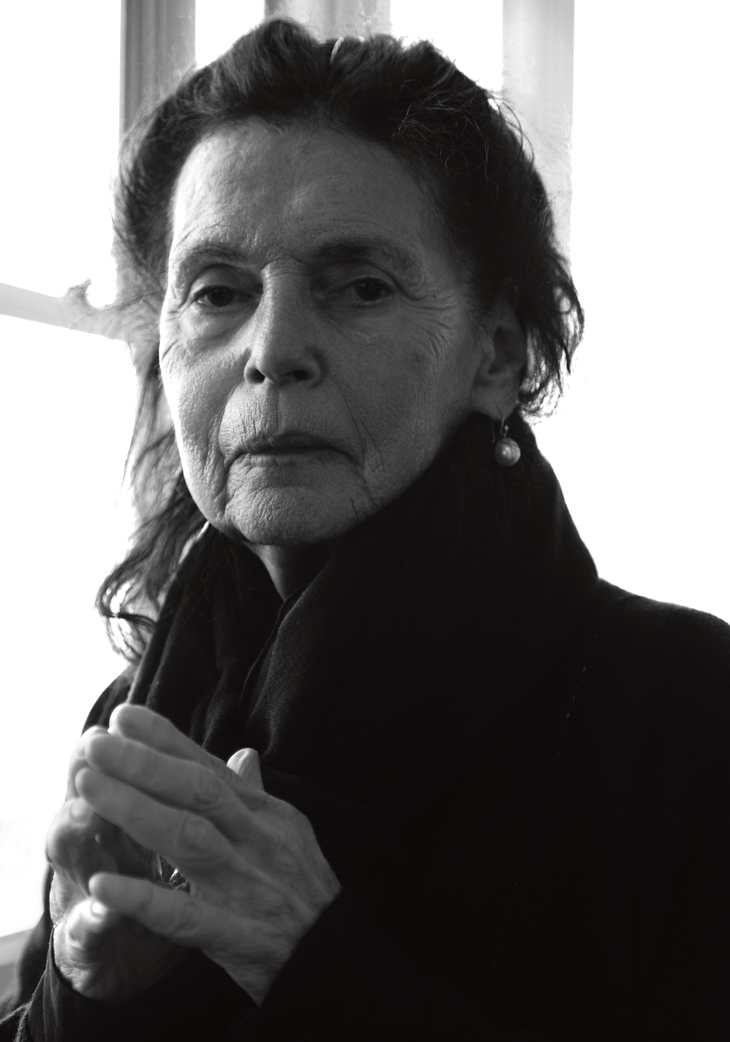
Pat Steir (b. 1940). Photo: Grace Roselli for the Pandora’s Box Projectcecily
How important have the Impressionist and post-Impressionist painters represented at the Barnes been to your own thinking about the possibilities of paint?
I think those artists are important to any artist now, and have been to every artist since they made their incredible work. Cézanne, Matisse and Van Gogh are all important to me. Before I became an artist, they were the people who defined art for me. Cézanne is important because while his paintings were wildly theoretical they were also totally human, whether the subject was a farm boy or a bowl of fruit. He always got to the soul of the subject almost without trying. Matisse did it in another way.
You’ve been making Waterfall paintings for around 30 years, and have now made 11 of them for the Barnes. Looking back over this period, how have these works evolved?
I haven’t been making Waterfall paintings per se. I have made them from time to time over that long period, but not consistently. What they sort of segued into is a set of paintings I privately call ‘The Split’. They’re poured the way the Waterfall paintings are poured but they don’t make an image any more: they’re two sides of the painting compared to each other, but they don’t make an image. The waterfall paintings make an image: it’s the paint making a picture by itself. The paint falling makes a picture of a waterfall, but when the paint is thicker, when the strokes are more dense, it becomes a more flat surface, more layered.
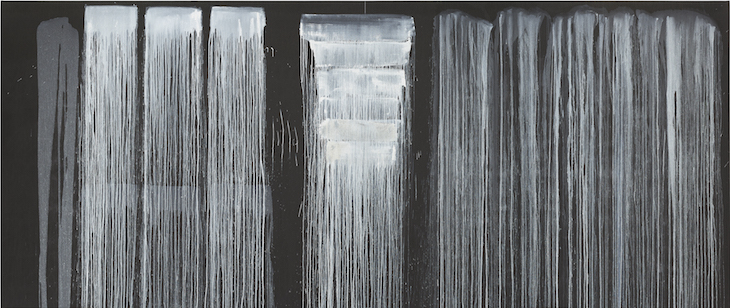
The Barnes Series VI (2018), Pat Steir. © Pat Steir
How close, in your mind, does the oil paint itself come to embodying water in these paintings?
When I started making these paintings, my idea was to make the dripping brushstroke the icon of abstract painting, to make the picture become figurative. With one brushstroke the paint pours down… it’s liquid, it pours the way water pours, and so it makes an image of a waterfall. It makes its own image and an image of itself. So that’s one or two brushstrokes on top of each other making the picture of the waterfall.
Your process has often been described as performative, or as a type of performance. How well does that reflect your approach to the work?
As I’ve said dozens of times by now, I was very influenced in my process by John Cage – which means leaving the ultimate way that the work looks to chance, and starting with a system that makes chance the mover in the work. That is performative. There are wonderful photographs by Eric Boman of me working, all from the back, and you can see that in part the paintings are a record of my movement or kind of performance – but it’s a solitary performance. It’s me and I’m there with an assistant or alone. So it’s not a performance that’s witnessed by very many people. The witness to the performance is the result on the painting, what you see when it’s left. There’s also a film by a young filmmaker, Veronica Gonzalez Peña, and a friend from Vermont – the video artist Molly Davies – has filmed me working over a few years.
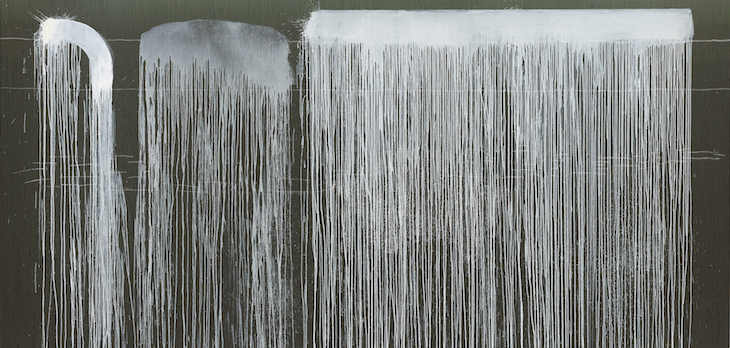
The Barnes Series VII (2018), Pat Steir. © Pat Steir
What’s it like to watch yourself working?
I’m interested in the way I move my feet. It looks like a little dance: I do what here we call a Texas two-step, without knowing what I’m doing. It’s just how I move to work across the canvas.
You’ve spoken before about the presence of music in your work, but these 11 paintings have the title Silent Secret Waterfalls. How do they evoke silence and secrecy?
The Barnes asked me for a title, and that’s what I came up with, Silent Secret Waterfalls. Silent because they don’t have a sound… I didn’t invent a sound to help me to paint, so they’re silent. Secret because ‘secret’ is a nice word. I try to make the poetry of the title something I can picture the image with. When I hear the title I can picture the images, instead of just looking them up by archival number.
How does the precise architectural context of a commission, such as this one or the work you’re making for the Hirshhorn later in the year, affect how you approach painting?
At the Hirshhorn it’s that beautiful circular space on the second floor, and I’m doing a colour wheel for it [24 October–10 May 2020]. I’m starting with the three primary colours and filling in how they mutate towards each other. The project was totally suggested by the building: I didn’t accommodate the space, the space is accommodating me. With the Barnes, there are insets into the walls in the Annenberg Court where these works will be, and each of these insets is seven feet high but with a different width, so each of the 11 paintings is a different dimension to fit into a particular space on the wall. The dimensions have determined the images.
How does it feel to be the first artist since Matisse to make a commission for the Barnes?
It feels wonderful. Of course, there’s no comparison between us. But it’s still wonderful.
‘Silent Secret Waterfalls: The Barnes Series’ is at the Barnes Foundation, Philadelphia, from 12 January–17 November.
From the January 2019 issue of Apollo. Preview and subscribe here.
Unlimited access from just $16 every 3 months
Subscribe to get unlimited and exclusive access to the top art stories, interviews and exhibition reviews.

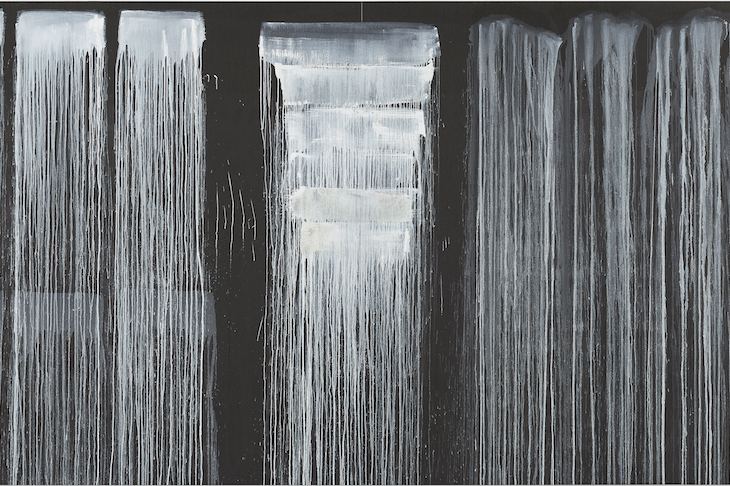
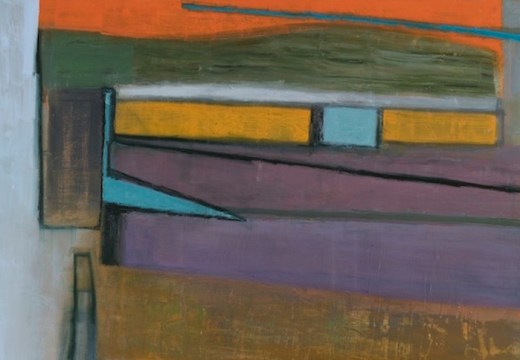
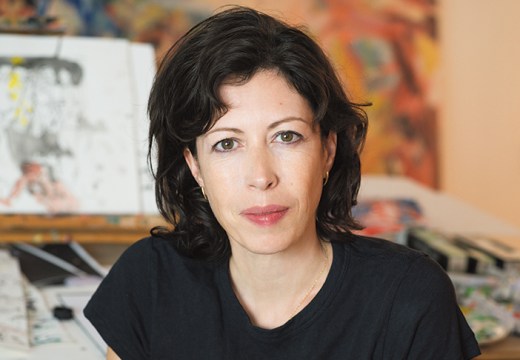
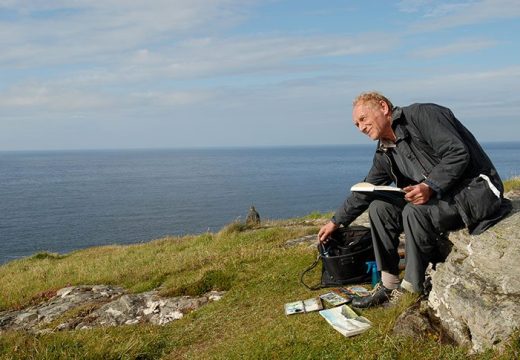









![Masterpiece [Re]discovery 2022. Photo: Ben Fisher Photography, courtesy of Masterpiece London](http://www.apollo-magazine.com/wp-content/uploads/2022/07/MPL2022_4263.jpg)
Why are fathers so absent from art history?